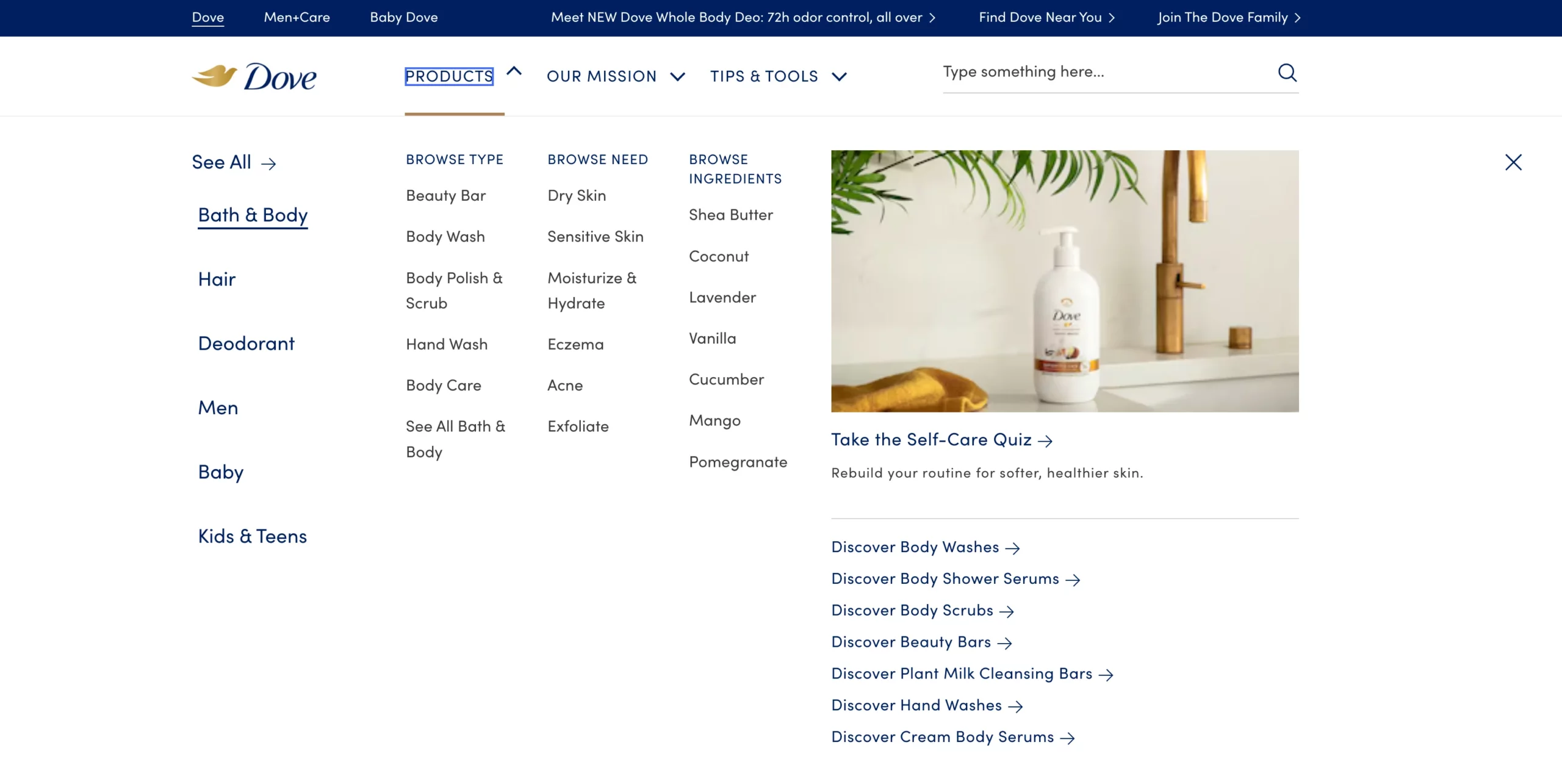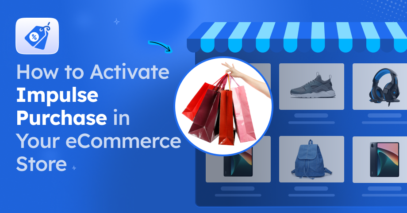Imagine landing on an online store that’s a total mess. Instead of browsing by categories like “Men’s Footwear” or “Home Decor,” you’re scrolling through a mash-up of random products—socks, blenders, and phone cases all jumbled together. You’d leave the site faster than it takes to say ‘’cart abandonment’’
Now flip that. A well-organized store feels like a breeze to shop: click, browse, buy. It’s the difference between a confusing treasure hunt and an effortless shopping spree.
In this guide, I’ll cover:
✅ What product categories are
✅ How they boost sales, SEO, and customer experience
✅ Proven strategies and examples from brands nailing it
By the end, you’ll know exactly how to transform your store’s categories into sales-boosting, customer-pleasing machines—without the chaos.
What Is a Product Category?
A product category groups similar products that meet the same need or solve the same problem. It’s how you organize your store to make shopping easier for your customers.
By structuring products this way, you’re laying the foundation for a smoother shopping experience and better marketing opportunities.
Take your online store as an example. If you sell shoes, grouping sneakers, boots, and sandals under a “Men’s Footwear” category just makes sense. Without this structure, customers would be left digging through every product page to find what they want.
Organized categories make browsing simpler and keep customers focused on buying instead of searching.
What Is Product Category Marketing?
Once your categories are in place, it’s time to put them to work. Product category marketing helps you promote those categories to boost visibility and sales.
With clear names and smart placements, you make it easy for customers to discover the right products, fast. Plus, you’re setting yourself up to convert more shoppers into buyers.
Product Category vs. Product Type
Now, here’s where it gets tricky: product categories are not the same as product types, but many people confuse the two.
Categories are basically a broader version. Let’s get a glimpse of how they actually differ-
| Feature | Product Category | Product Type |
| Definition | A broad grouping of similar products | A specific item within the category |
| Purpose | Organizes products for easy browsing | Helps identify and promote individual products |
| Example | “Smartphones” | “iPhone 15 Pro” |
| Used For | Customer navigation, marketing campaigns | Detailed product descriptions and comparisons |
| Scope | General and wide | Specific and narrow |
Why Is Product Category Marketing Important?
Now that you know what product categories are, let’s talk about why they matter in marketing.
Organizing your products into clear, thoughtful categories does more than just tidy up your site—it helps guide customers to what they need, boosts your chances of making sales, and keeps shoppers coming back for more.
Key Benefits of Product Category Marketing
When you use product categories effectively, it gives your business a serious advantage-
- Reaches the Right Audience: You can target different customer groups based on their interests or needs. For example, promoting “Women’s Outerwear” to a specific audience ensures they see what’s relevant.
- Improves Website Navigation and User Experience: Clear categories help customers find products quickly. Instead of aimlessly scrolling, they can jump straight to what they want.
- Enhances SEO with Structured Content: Proper categories allow you to optimize pages with category-specific keywords. This boosts your chances of ranking higher on search engines and attracting more traffic.
- Simplifies Inventory Management: Categories help you keep better track of your stock. You can easily see which groups are selling well and which might need adjustments.
- Boosts Sales and Customer Retention: Clear, targeted categories make it easier to upsell or cross-sell products. Customers are also more likely to return if shopping feels easy and tailored to their needs.
By focusing on product category marketing, you can create a smoother shopping journey and improve your overall business performance.
How to Categorize Products Effectively
With your categories clearly defined, the next step is to ensure they work to support your marketing strategy. When structured thoughtfully, your product categories guide customers, make navigation easier, and improve your store’s sales potential. Here’s how to get it done:
Step 1 – Understand Your Target Audience
The foundation of effective categorization is knowing who your customers are.
Think about it this way: if you’re running a shoe store, you’re not just selling to one type of customer. You might have parents shopping for durable school shoes or professionals browsing for formal footwear.
By understanding what different customer groups are looking for, you can structure your categories to match their needs. This way, they’ll find what they want without wasting time.
Step 2 – Use Clear and Logical Naming Conventions
Once you know your audience, the next step is to label your categories in a way that makes sense to them.
If you’re selling men’s shoes, names like “Men’s Sneakers” or “Men’s Boots” are straightforward and easy to understand. Avoid getting fancy with labels like “Urban Kicks” or “Classic Steps.”
Clear labels mean customers can quickly scan your categories and make decisions without confusion.
Step 3 – Optimize Product Categories for SEO
Your category names can do more than just help customers—they can also help search engines.
If your target audience is searching for “women’s running shoes,” your category should reflect that phrase. Use those same keywords in category descriptions and metadata.
This not only boosts your chances of showing up in search results but also brings in more organic traffic to your store.
**Learn more from this SEO for WooCommerce guide.
Step 4 – Use Data to Improve Product Category Performance
After everything is set up, keep an eye on how each category is performing. If your “Women’s Sandals” category is getting clicks but not many purchases, check for potential issues like confusing product descriptions or unclear images.
Maybe customers need more filters or sorting options. Analyzing this data and tweaking categories based on insights will keep them performing well and drive more conversions over time.
Product Category Marketing Examples
By now, you know how to set up product categories for success. But how do successful brands use these strategies to boost visibility and engagement?
Let’s take a closer look at how some well-known companies get it right:
1. Fenty Beauty – Inclusive Product Categories
Fenty Beauty is known for its inclusivity. The brand categorizes its makeup products by skin tones and undertones, so every customer can find their perfect match without feeling overwhelmed.

If you sell products with variations like shades, sizes, or styles, using similar categories makes shopping more personalized and efficient.
2. Ikea – Functional Product Categorization
Ikea takes a practical approach by organizing its products based on function and room type. For example, categories like “Living Room” or “Bedroom” help customers zero in on what they need for specific spaces.

By mirroring this strategy, you can guide customers through your store and make their buying decisions easier.
3. Patagonia – Eco-Friendly Category Marketing
Patagonia goes beyond traditional product categories by focusing on sustainability. Categories like “Recycled Materials” or “Fair Trade Certified” appeal to eco-conscious shoppers.

If you cater to customers with specific values, highlight those in your category names to create an emotional connection and build trust.
4. Dove – Targeted Skincare Product Categorization
Dove’s product categories are tailored to skin type and specific needs. Whether customers are looking for sensitive skin care or moisturizing products, Dove’s categories make it easy to find the right solutions.

You can apply this approach by identifying your customer pain points and grouping products to address each one clearly.
5. Target – Multi-Category Retail Approach
Target’s strength lies in its ability to serve diverse customers both online and in-store. With categories spanning everything from groceries to clothing to home goods, Target creates a shopping experience that’s consistent across all channels.

For your store, ensuring your online categories mirror any physical store setup creates a unified experience that customers appreciate.
Each of these brands uses product categories strategically to boost visibility, improve the shopping experience, and drive sales. You can do the same by taking inspiration from these examples and adapting them to your store’s needs.
How Technology Can Enhance Product Category Marketing
Managing product categories across different platforms can be challenging as your inventory expands. To solve this, technology simplifies categorization and ensures better product visibility on platforms like Google.
One crucial tool for this is category mapping, which helps customers easily find your products by placing them in the correct categories.
Using PFM’s Advanced Category Mapping Feature
Product Feed Manager for Woocommerce has this feature has advanced category mapping feature which simplifies this process.

Here’s how it can help:
- Accurate Category Matching: You can easily align WooCommerce categories with Google Product Categories or platform-specific options, ensuring correct product classification across all channels.
- Bulk Edits Made Simple: The intuitive interface allows you to update and edit multiple products at once, saving time and keeping listings consistent.
- Improved Feed Optimization: Accurate categorization boosts product placement in search results and ads, which can improve ad performance and increase ROI.
With the right tools, your product categories stay organized and more visible, helping your business grow efficiently.
Conclusion
Organizing your product categories the right way doesn’t just make your store look tidy—it helps improve the customer experience and drives more sales. Clear, logical categorization means customers can find what they’re looking for faster, which increases the chances of them making a purchase.
By using structured strategies and tools like PFM’s advanced category mapping, you simplify the process of managing and updating product categories across multiple platforms. This ensures better visibility and ad performance, helping you get more out of your marketing efforts.
Take the time to refine your product categories and optimize your marketing today. The payoff is a smoother shopping experience for your customers and better results for your business.
FAQs
1. How does organizing products impact sales?
A well-structured product category list makes it easier for customers to find what they need, improving user experience and boosting conversions.
2. Why should businesses focus on product grouping?
Effective product category marketing increases visibility, enhances navigation, and helps customers make faster purchasing decisions.
3. How can online stores improve product discoverability?
Using category mapping ensures accurate product classification across platforms, making it easier for customers to find relevant items.
4. What’s the difference between categories and types?
Understanding what a product category is helps businesses group products logically, while types define specific variations within those categories.
5. How do large retailers manage product organization?
They use a detailed product category list to structure their inventory efficiently, ensuring a smooth shopping experience.
![What Is Product Category? Proven Marketing Strategies & Examples [2025]](https://rextheme.com/wp-content/uploads/2025/03/What-Is-Product-Category_.webp)


